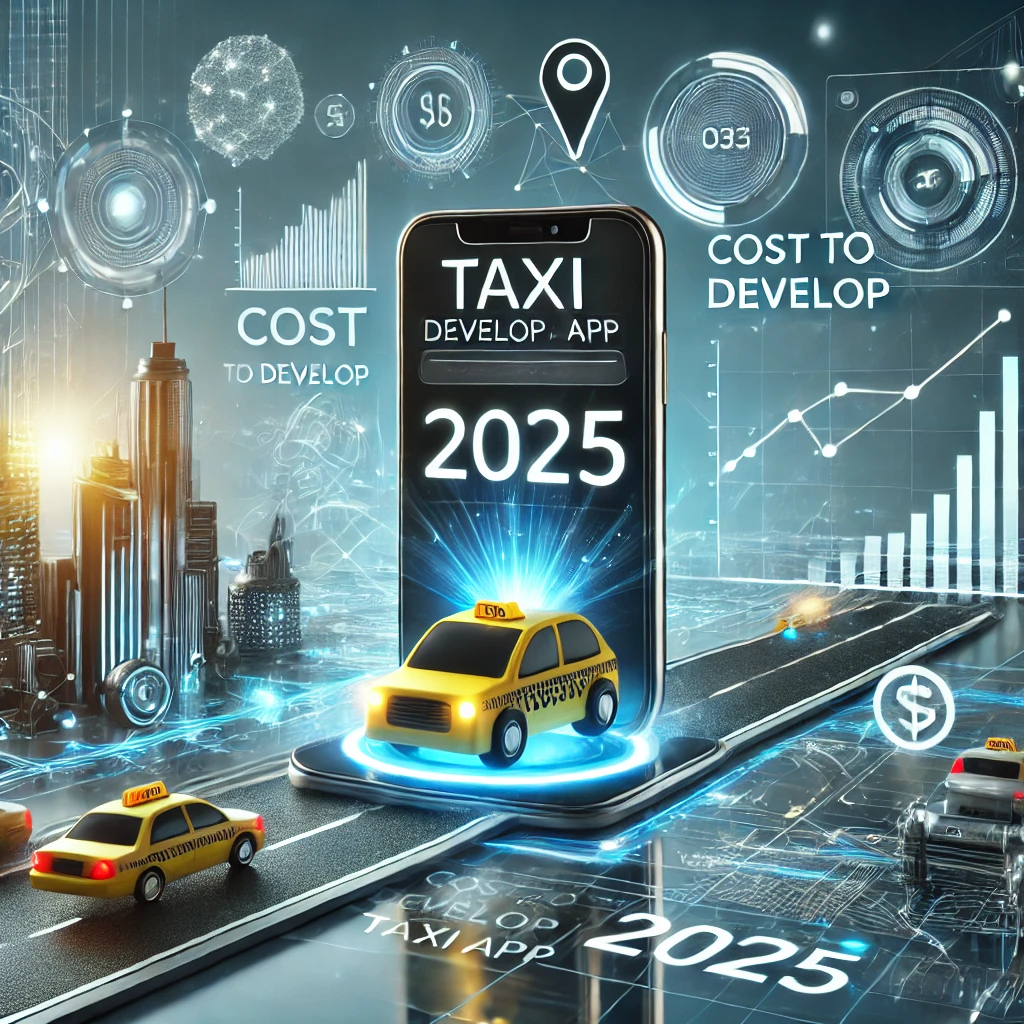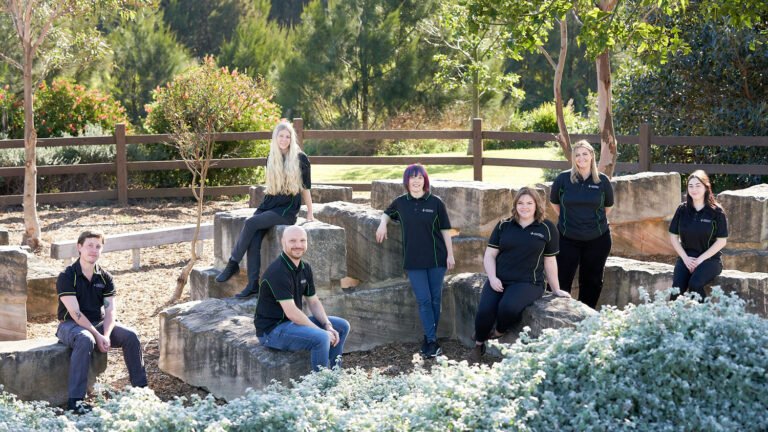How Much Does It Cost to Develop a Taxi App in 2025?
The market for taxi applications keeps growing in 2025; Uber and Lyft’s dominance helps to explain this trend. Still, a lot of businesses and startups trying to enter the market with their own taxi booking systems are Making smart decisions on features and budget calls for knowledge of the factors affecting the cost of the app development for taxis in 2025. This essay will go over the elements affecting pricing coupled with thoughts on how you may produce an efficient Uber clone program.
Key Factors Influencing Taxi App Development Costs
Many factors influence the entire cost of developing a 2025 taxi booking app. These address the primary components of the app, choices for platforms, design complexity, integrations, and post-launch maintenance. Here will all be covered these components to help you project cost estimate.
1. App Features and Functionalities
The features of a taxi booking application directly influence the development costs. Apps must be special by including both modern and required tools since user expectations in 2025 are higher than they have ever been. The following shows the primary factors generating costs:
a. Passenger Features
- User Registration: An easy sign-up using phone, email, or social network.
- Ride Booking: A feature allowing consumers to select vehicle types, enter pickup and drop-off locations, and request a ride.
- Real-Time Tracking: Users’ capacity to continuously monitor their driver’s whereabouts.
- Payment Gateway Integration: Crucially include credit and debit cards, digital wallets, and in-app payments among the other payment choices.
- Ratings and Reviews: A review system that helps maintain service quality.
- Ride History: A function letting consumers view their past rides and payment information.
b. Driver Features
- Driver Registration and Profile: Safe and quick driver onboarding covering background checks and document uploads.
- Trip Requests: A feature for drivers to accept or decline trip requests.
- Navigation Integration: A GPS-activated system offering the best paths and guidance.
- Earnings Dashboard: Including trip summaries and payment histories, a comprehensive income analysis for drivers
c. Admin Panel
- Dashboard for App Management: a user, driver, trip, payment management intuitive admin panel.
- Analytics and Reporting: Instruments for observing financial information, user behavior, and app performance.
- Driver and Passenger Support: A customer support system to address queries and disputes.
Including these elements into Uber clone app creation calls for knowledge, and every feature increases the total cost. While apps with advanced capabilities like AI-driven suggestions and multi-language support might considerably increase the development cost, basic apps with simple functions could cost less.
2. Choice of Platform
Whether your app is for iOS, Android, or both taxis booking determines another factor of the cost. React Native and Flutter are two cross-platform development tools that have become well-known in 2025 so businesses may create apps for both running systems using a single codebase. For every platform, native app development could, however, offer better speed and a more tailored user experience.
- iOS App Development: Generally speaking, Apple’s exacting standards make designing for iOS rather more expensive.
- Android App Development: Since Android is the most used mobile operating system globally, developing for Android could be financially wise given user reach.
- Cross-Platform Solutions: For those wishing to swiftly introduce an Uber clone app, cross-platform development appeals as it saves time and money.
3. Design and User Interface
Design largely determines user involvement and enjoyment. A beautiful, readily usable, well-designed taxi booking app should be Many factors influence design’s cost, including:
- Complexity of UI/UX: Development of an app takes more time and resources the more complex its interface is.
- Custom Animations and Graphics: Custom visuals, animations, and visual effects add expenses but improve user experience.
- Responsive Design: Ensuring that the app works seamlessly across different devices and screen sizes is essential and may add to the total cost.
4. Technology Stack and Integrations
The cost will also be affected by the technology stack you decide upon for the Uber clone app development. For basic features such GPS tracking, payment processing, and alerts, taxi apps depend on several other providers. The intricacy of these integrations determines the cost.
- GPS and Map Services: Apps need real-time tracking features. Different pricing strategies abound for Google Maps API, Mapbox, and other GPS providers.
- Payment Gateways: Processing transactions requires safe payment gateway connections including Braintree, PayPal, or Stripe.
- Push Notifications: Push notifications made possible by services like Firebase or Twilio improve user involvement and driver and passenger communication.
5. Development Team and Location
The location of a development team will greatly affect their hiring cost. Businesses have more choices than ever when selecting development partners in 2025—from local teams to outsourcing or joint ventures with offshore development corporations. Location influences cost in the following ways:
- North America and Europe: Usually between $100 and $200 an hour, developers in these areas charge more.
- Eastern Europe: Given developers charging between $40 and $70 per hour, this area provides more competitive pricing.
- Asia (India, Vietnam, etc.): Here, where wages run from $20 to $50 per hour, development expenses are lowest.
While keeping quality, outsourcing taxi booking app development to seasoned teams in Eastern Europe or Asia can drastically cut expenses.
6. App Testing and Quality Assurance
Maintaining the seamless operation of your Uber clone app depends on testing. The complexity of the software and the number of devices the app requires to support define the testing expenses. Typical kinds of tests consist in:
- Functional Testing: Ensures that all app features work correctly.
- Usability Testing: Checks the user experience to guarantee the software is straightforward.
- Security Testing: Protects user data and ensures secure transactions.
- Performance Testing: Guarantees the program runs effectively even with heavy user loads.
Testing should be a continuous process aimed at identifying and resolving problems before release. Though it varies, the cost of testing services usually makes about 10–20% of the whole development budget.
7. Post-Launch Support and Maintenance
Maintaining a seamless operation of the app depends on constant support even after it is launched. To remain competitive in the fast-paced market of 2025, regular upgrades, bug repairs, and new feature additions are very essential. Post-launch expenses could comprise:
- Bug Fixes: Addressing technical issues that arise post-launch.
- Feature Updates: Adding new features based on user feedback.
- Security Updates: Regular updates to maintain security and comply with evolving regulations.
- Server Maintenance: Managing and optimizing servers for peak performance.
Usually, companies should set aside 15 to 20 percent of the first development budget for yearly maintenance and improvements.
Estimated Cost Breakdown for a Taxi App in 2025
The approximate expenses for the creation of a taxi booking app in 2025 are broken out generally here:
| Development Stage | Estimated Cost (USD) |
| Basic App Features | $30,000 – $50,000 |
| Advanced Features | $50,000 – $100,000 |
| Cross-Platform Development | $40,000 – $80,000 |
| Native App (iOS or Android) | $50,000 – $100,000 |
| UI/UX Design | $5,000 – $20,000 |
| Backend Development & APIs | $20,000 – $40,000 |
| Testing & Quality Assurance | $10,000 – $30,000 |
| Post-Launch Maintenance (Annual) | $10,000 – $20,000 |
These numbers are only approximations; they will change depending on project needs, location of the development team, and particular customizing.
Conclusion
Creating a taxi app for 2025 calls both careful budgeting and preparation. Features, platform, design, and location of the development team all affect the overall cost of a taxi booking app development. Businesses that choose the correct technology stack, features, and staff can create a competitive Uber clone app that satisfies market needs within their means.
Making a well-considered taxi app investment will pay out over the long run in the expanding ride-hailing sector in 2025.






